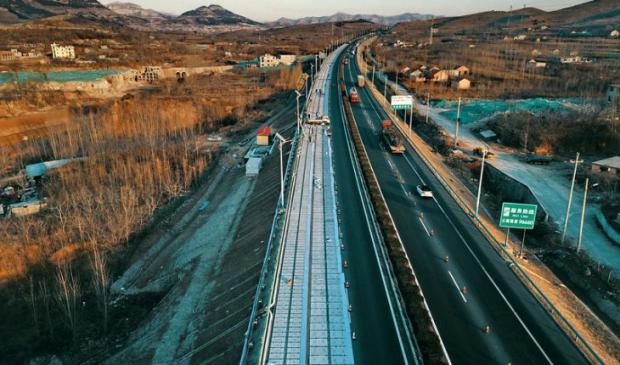
Breaking News
 Outraged Farmers Blame Ag Monopolies as Catastrophic Collapse Looms
Outraged Farmers Blame Ag Monopolies as Catastrophic Collapse Looms
 Exposing the Cover-Up That Could Collapse Big Medicine: Parasites
Exposing the Cover-Up That Could Collapse Big Medicine: Parasites
 Israel's Former Space Security Chief says Aliens exist, and President Trump knows about it
Israel's Former Space Security Chief says Aliens exist, and President Trump knows about it
 Putin's advisor Kobyakov: The U.S. has devised a crypto scheme to erase its massive debt...
Putin's advisor Kobyakov: The U.S. has devised a crypto scheme to erase its massive debt...
Top Tech News
 Methylene chloride (CH2Cl?) and acetone (C?H?O) create a powerful paint remover...
Methylene chloride (CH2Cl?) and acetone (C?H?O) create a powerful paint remover...
 Engineer Builds His Own X-Ray After Hospital Charges Him $69K
Engineer Builds His Own X-Ray After Hospital Charges Him $69K
 Researchers create 2D nanomaterials with up to nine metals for extreme conditions
Researchers create 2D nanomaterials with up to nine metals for extreme conditions
 The Evolution of Electric Motors: From Bulky to Lightweight, Efficient Powerhouses
The Evolution of Electric Motors: From Bulky to Lightweight, Efficient Powerhouses
 3D-Printing 'Glue Gun' Can Repair Bone Fractures During Surgery Filling-in the Gaps Around..
3D-Printing 'Glue Gun' Can Repair Bone Fractures During Surgery Filling-in the Gaps Around..
 Kevlar-like EV battery material dissolves after use to recycle itself
Kevlar-like EV battery material dissolves after use to recycle itself
 Laser connects plane and satellite in breakthrough air-to-space link
Laser connects plane and satellite in breakthrough air-to-space link
 Lucid Motors' World-Leading Electric Powertrain Breakdown with Emad Dlala and Eric Bach
Lucid Motors' World-Leading Electric Powertrain Breakdown with Emad Dlala and Eric Bach
 Murder, UFOs & Antigravity Tech -- What's Really Happening at Huntsville, Alabama's Space Po
Murder, UFOs & Antigravity Tech -- What's Really Happening at Huntsville, Alabama's Space Po
China built 2000 meter long solar highway with transparent concrete over solar panels

The road's composition is made of three distinct layers, with transparent concrete on top protecting the solar panels beneath. The bottom layer is a strip of insulation that will protect the panels from the earth's elements. Chinese solar inverter firm Growatt has supplied its string inverters for the project.
The Jinan South Ring Expressway creeps into the city and will not only plug into the grid but will also serve as a research prototype, with engineers from Tongji University – who developed the core technology for the project – stressing that in the future this solar-powered stretch of road could actually charge electric vehicles as they drive along it.
Tongji University professor of transportation engineering Zhang Hongchao said that he hopes the solar highway can kickstart the development of a national network of smart roads that would become "mobile solar charging treasures" able to not only power vehicles but also provide pre-emptive technical support, manage driverless fleets and harvest big data to smooth traffic flows.

 Tiny briefcase engine boosts EV range beyond battery power
Tiny briefcase engine boosts EV range beyond battery power 

